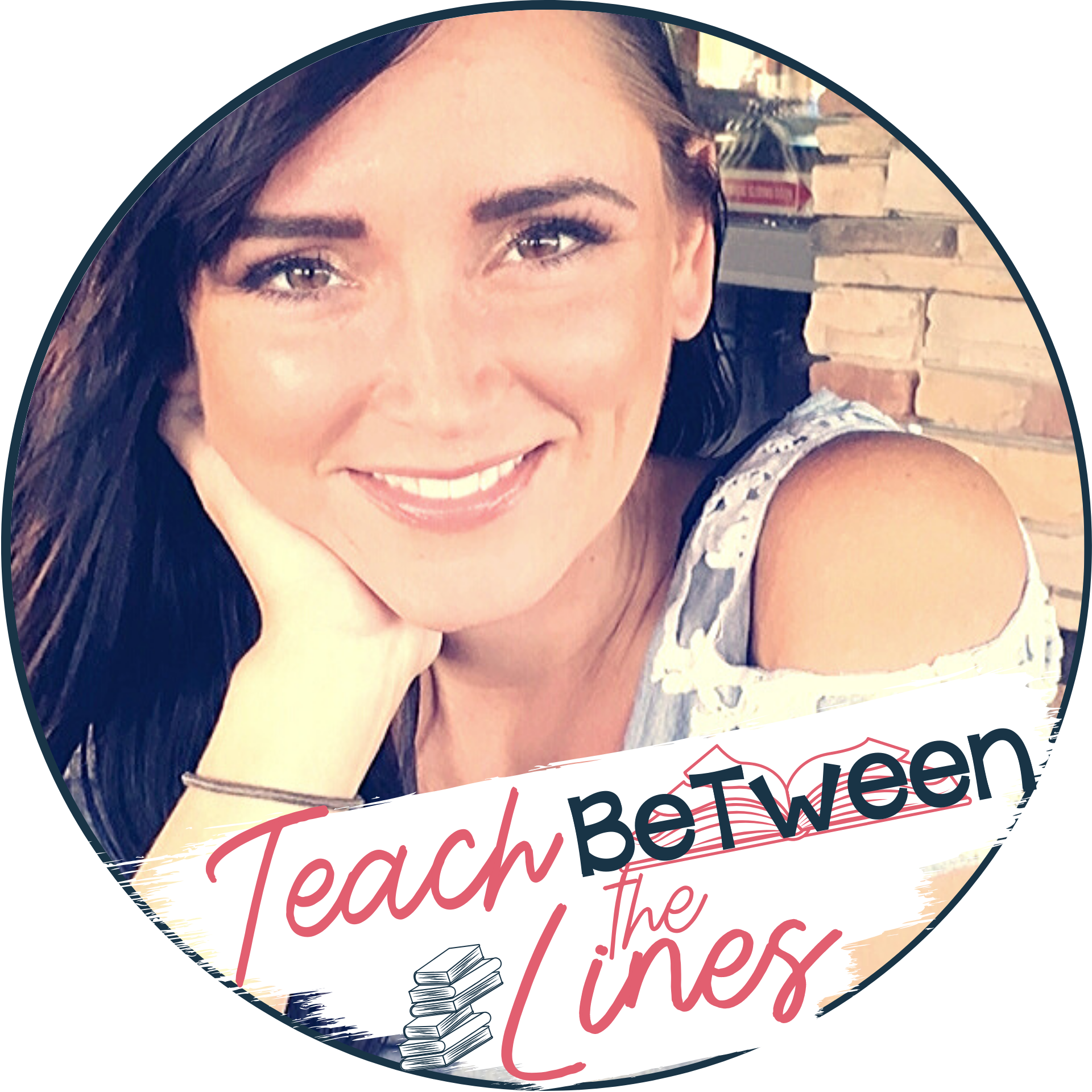Fun Acronyms to Teach Writing
I am always looking for ways to make writing instruction more engaging for my students. I love using fun and interesting acronyms to help students as they draft their work. I want these acronyms to be memorable so that students can use these to draft their writing long after my graphic organizers are there to support them. Ideally, these acronyms will take students from the structured graphic organizer to independent writing with relative ease. One quick Pinterest search will reveal many acronyms for paragraph structure: RACE, PEEL, CRE, ARE, etc. These acronyms did not seem all that memorable to me, so I started using two more unique acronyms: PEE and iSEE.
The PEE Method:
When I teach students how to write the argument paragraph, I teach them the acronym: PEE. I tell my students that I will teach them to PEE all over their papers. Even your sleepiest students will be wide-eyed when they hear their English teacher say these words. I explain that this acronym is for the structure of their argument paragraph- P: Point, E: Evidence, E: Explanation. This is quite an unforgettable experience for students. Even my 11th graders enjoy this little acronym.
This method allows students to embed their evidence right within the body of the paragraph. They can then explain their Point in full, while showing how their evidence proves their Point. I found that when I used the CRE method (Claim, Reasons, Evidence) that students would just plop a quote at the end of their paragraph. They had a very hard time understanding that the paragraph couldn’t simply end after the quote. The writer needs to explain the quote- and how it proves the point stated in the first sentence.
I also love that this acronym can grow (literally and figuratively) with students as they expand their argumentative writing skills because they can begin to PEEEE on their paper. They simply repeat the Evidence and Explanation sections of their paragraph. This will help students incorporate multiple pieces of evidence within their paragraph.
You can grab my full argumentative writing unit by clicking on the image!
The i SEE Method:
The second fun acronym I use is for teaching literary analysis writing. I use the iSEE acronym to teach this very challenging skill. This plays off of their love for all things technology related with the lowercase I. I also share with students that this will help them SEE between the lines of any text. iSEE stands for i: Inference, S: Summary, E: Evidence, E: Explanation. To start this lesson, I always teach/review inference first. A literary analysis is essentially just an inference about the text that is fully explained and supported with text evidence. I created this poster to help students begin to think about the inferences that can be made in a text. Click on the image to get your free copy of this poster!
Then, to create their literary analysis, they just need to follow the acronym. They make an inference statement, followed by a quick one/two sentence summary of the text (or that moment in the text). Then, they incorporate text evidence and their explanation of this inference statement. You can grab my full literary analysis unit by clicking on the cover image! This lesson will teach them all of these skills and include helpful/supportive graphic organizers.
Do you have any more fun writing acronyms that you love to use in your classroom? Leave these in the comments so we can all learn fun, new techniques for teaching writing.
About the author
Liz is the founder of Teach BeTween the Lines. She has been teaching for over ten years; she has loved growing young minds through literature and the art of crafting the written word. She is currently working on her doctorate in Education from the University of Minnesota, and holds an M.A. in Education from St. Mary’s University, Minnesota. She loves to write short stories in her free time, especially in those cold Minnesota winters. She is supported by a wonderful family made better by the addition of her two beautiful children.


![IMG_1210[1337].jpg](https://images.squarespace-cdn.com/content/v1/589b7c3946c3c43e71916cfd/1551646379921-76YIFY6911LQ0979H102/IMG_1210%5B1337%5D.jpg)



